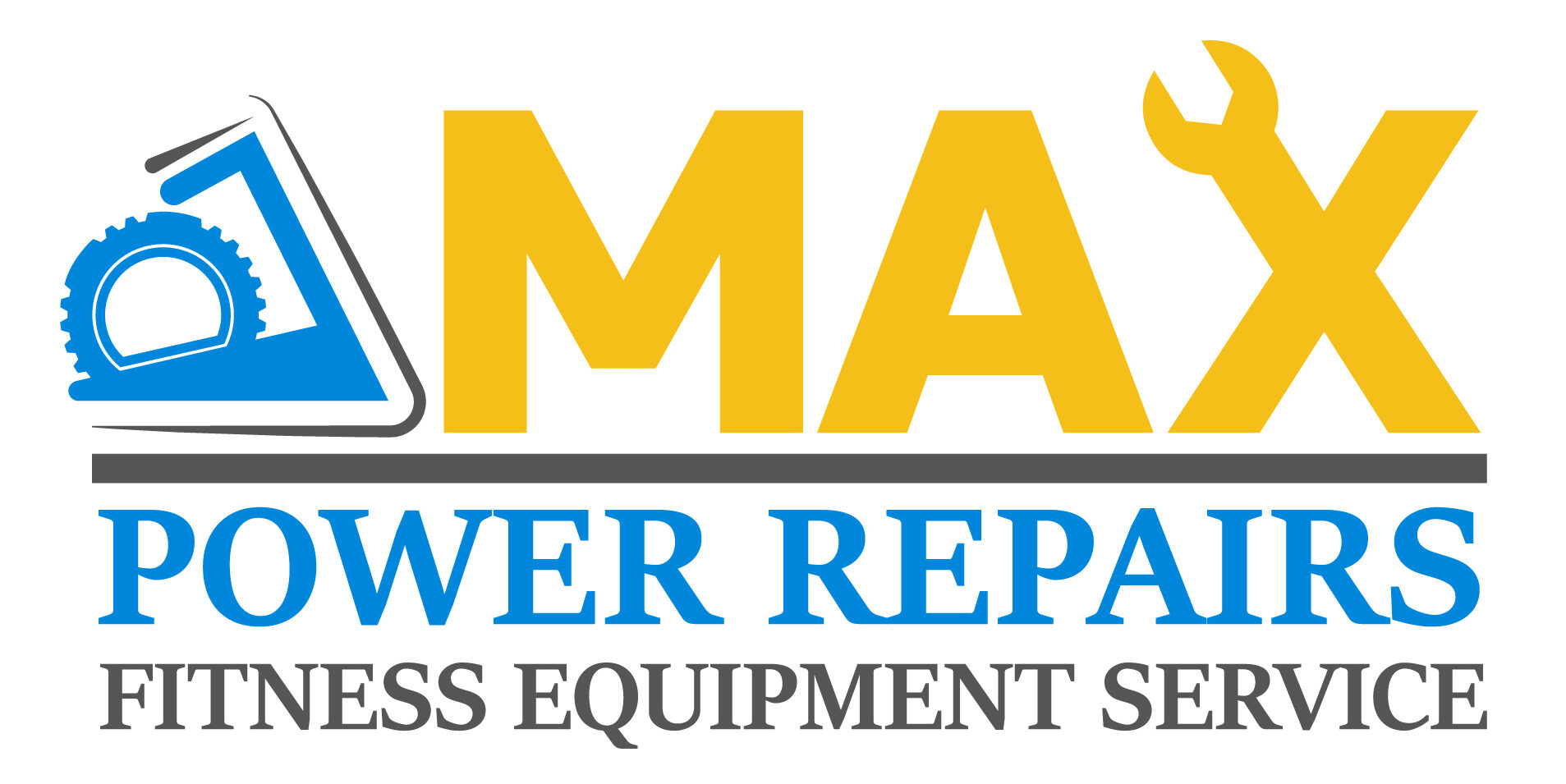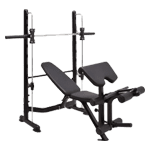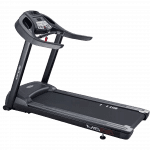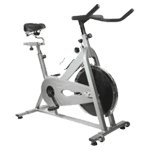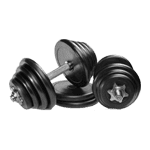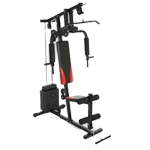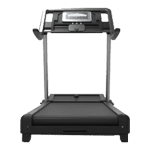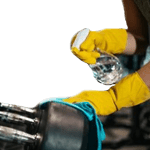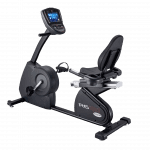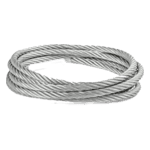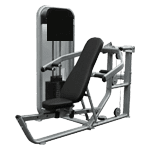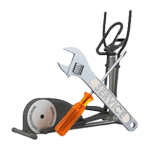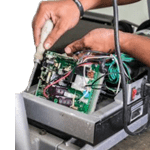With the growing popularity of home gyms, more people are investing in fitness equipment to maintain a healthy lifestyle without leaving the comfort of their homes. While setting up a home gym is indeed exciting, it’s essential to understand how to maintain your fitness equipment properly. Regular maintenance not only prolongs the life of your equipment but also ensures that it functions efficiently and safely. In this comprehensive guide, we will share essential tips and insights on maintaining your home gym equipment for long-lasting performance.
One of the biggest challenges of a home gym setup is keeping the equipment in optimal working condition. Remember, home gym equipment is a significant investment, and maintaining it well helps you not just save on repair costs but also enables you to achieve your fitness goals more effectively. Proper care and attention to your equipment can go a long way in ensuring that you stay safe, avoid accidents, and have an enjoyable workout experience every time.
The Importance of Fitness Equipment Maintenance
Understanding the significance of maintaining your fitness equipment is crucial to take the necessary care of these investments and ensure their longevity. Here are some reasons why regular maintenance is vital:
– Safety: Regular inspections and maintenance of your home gym equipment lead to a more secure workout environment, reducing the risk of injuries resulting from equipment malfunctions.
– Efficiency: Well-maintained equipment functions better, allowing you to maximize your workout performance and results.
– Extended lifespan: Regularly maintaining your fitness equipment can significantly prolong its life, giving you more value for your investment.
– Lower repair costs: Proactively identifying and addressing issues through a maintenance routine can help avoid expensive repairs in the future.
Safety Checks for Your Home Gym Equipment
Safety should always be a priority when using fitness equipment. Conducting routine safety checks can help identify potential issues before they become hazards. Here are some general safety tips for different gym equipment types:
– Treadmills: Inspect the running belt for signs of wear and tear and ensure it is centered and properly tensioned. Regularly check the safety key and ensure it’s securely connected.
– Ellipticals: Confirm that the pedals and handlebars are secure and tight. Inspect the console for malfunctions, and double-check if the power cord is securely plugged in.
– Stationary bikes: Regularly inspect the seat, handlebars, and pedals for any loose connections or damage. Ensure the bike is stable and the resistance settings are working correctly.
– Weight machines: Check cables and pulleys for wear or fraying, and inspect weight stacks for proper alignment. Regularly verify the hardware is tight and secure.
Always refer to the manufacturer’s guidelines for specific safety checks and maintenance tasks unique to different fitness equipment models.
Cleaning and Lubricating Your Equipment
Proper cleaning and lubrication help extend the life of your equipment and improve its functioning. Here are some recommendations for keeping your gym equipment clean and well-lubricated:
– Cleaning: Wipe down the exterior surfaces after each workout with a soft cloth and gentle cleaning solution. Remove dust and debris from hard-to-reach areas, like underbelts and around resistance systems, to prevent build-up and performance issues.
– Lubricating treadmills: Ensure that the treadmill belt receives regular lubrication as specified by the manufacturer’s guidelines. This helps in reducing friction between the belt and the deck, preventing premature wear and overheating.
– Lubricating weight machines: Apply an appropriate lubricant to the guide rods and cables of the weight machines to minimize friction and wear.
– Lubricating ellipticals and stationary bikes: Apply lubricant to all the moving parts, such as pedals, moving arms, and flywheels, to ensure smooth movement and reduce wear.
Always consult the manufacturer’s manual for specific cleaning and lubrication instructions for your equipment.
Inspection and Timely Repairs
Routine inspections can help identify potential issues early on, allowing you to address them before they escalate. Here’s how you can inspect different fitness equipment:
– Checking belts and cables: Examine belts and cables for signs of wear, such as fraying or stretching. Replace worn-out cables or belts to prevent snapping, which can lead to injuries or further damage.
– Inspecting pulleys: Regularly examine pulleys on weight machines for alignment and smooth rotation. Replace any damaged or worn pulleys to prevent cable wear or malfunction.
– Tightening hardware: Routinely tighten all bolts, nuts, and fasteners to maintain the stability and security of your equipment.
If any issues are beyond DIY repairs, reach out to a professional technician to ensure safe and efficient fixes.
Making the Most of Your Home Gym
Maintaining your home gym equipment is essential for safety, optimal performance, and maximizing the longevity of these valuable investments. By following the best practices outlined in this guide and regularly performing safety checks, cleaning, lubrication, inspections, and timely repairs, you can ensure that your home gym serves you well for years to come.
Should you need assistance with any aspect of fitness equipment maintenance, the experts at Max Power Repairs are here to help. Contact us today to discuss your equipment needs and ensure your home gym remains safe, efficient, and durable.
